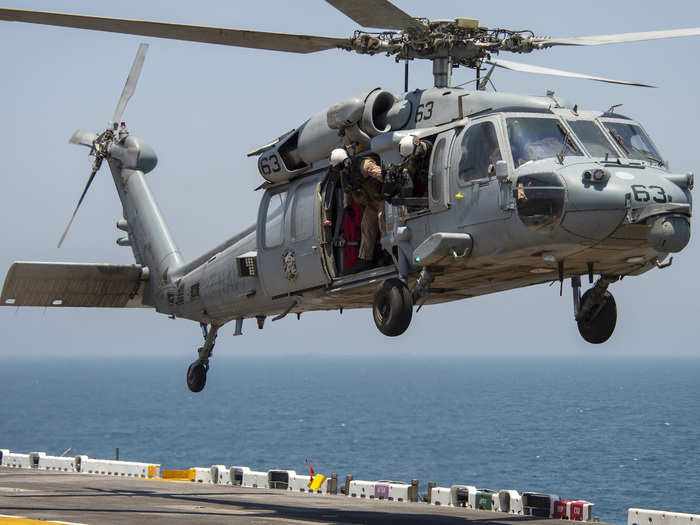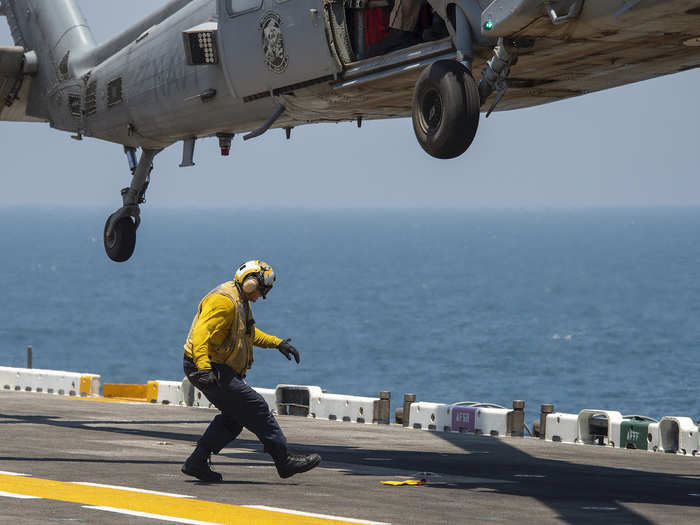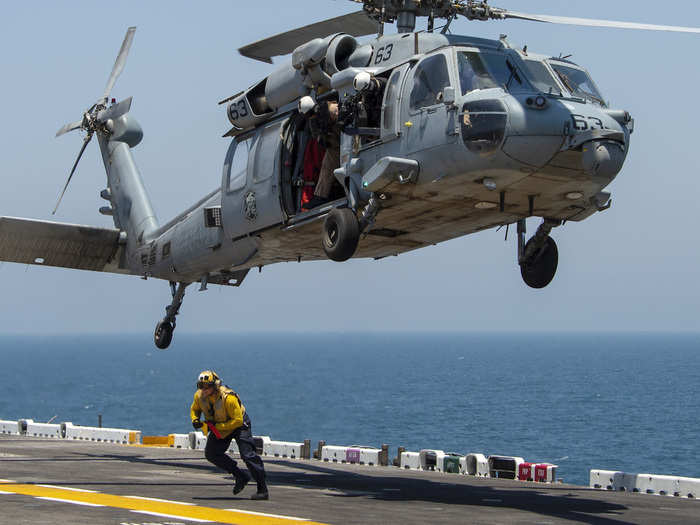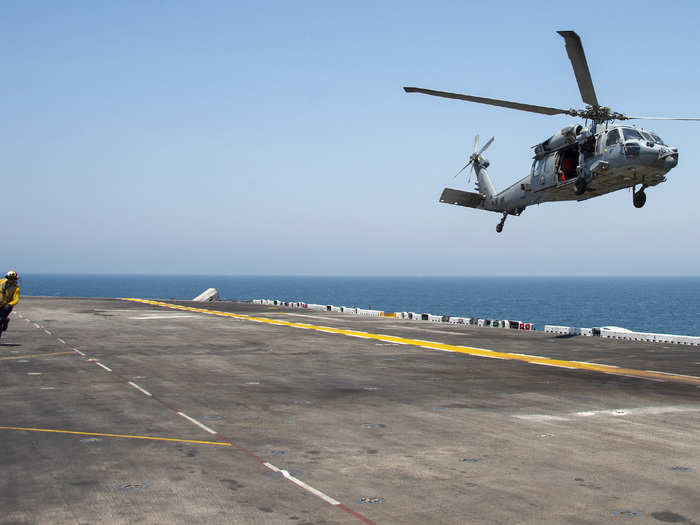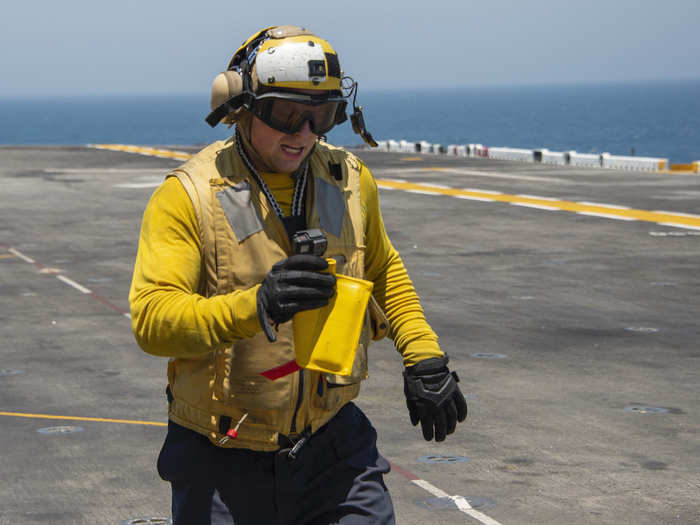The Navy has resurrected a WWII-era tactic so aircraft can talk to ships without being overheard
"The WWII bean-bags were filled with stuffing but the one I made is weighted down with a one-pound steel bar sown into the bottom of the naugahyde (artificial leather) and webbing package," said Freireizurieta.
Popular Right Now
Popular Keywords
Advertisement

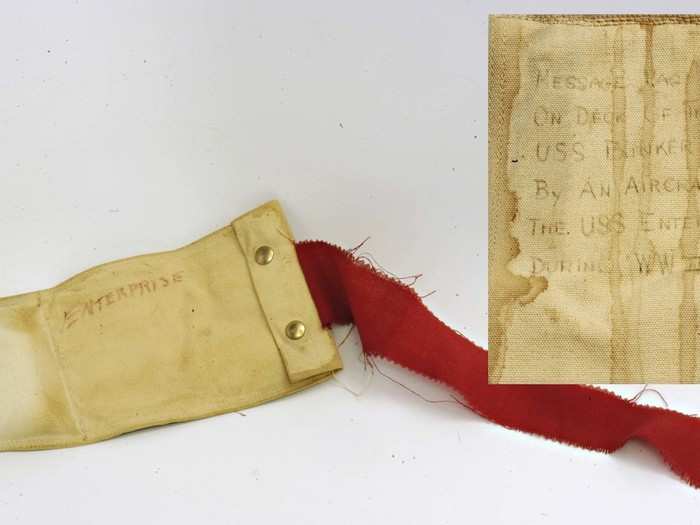
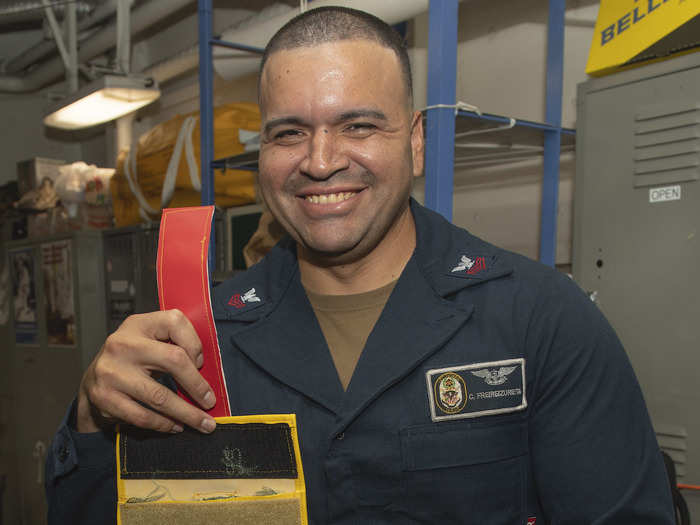
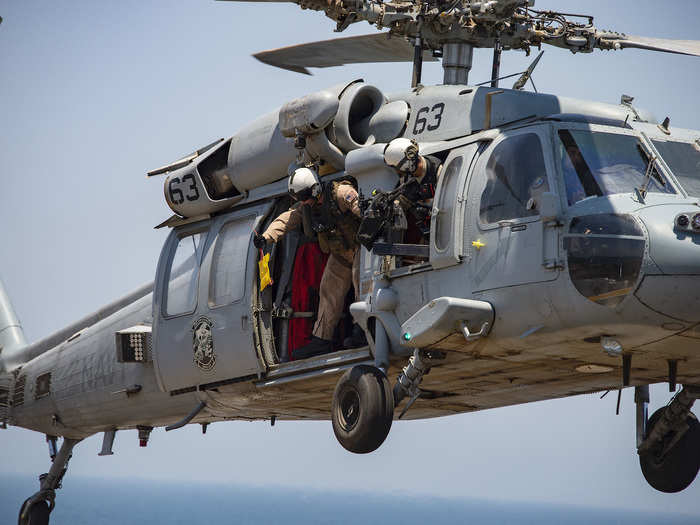
!["The purpose of the bean-bag drop was to show timely pilot-to-ship communication can be done without electronic transition," said Lt. Cmdr. Michael Brown, the HSC-21 detachment officer in charge. "Together HSC-21 crew and Boxer demonstrated timely communication from the aircraft to the ship during EMCON [emissions control] procedures."](https://staticbiassets.in/thumb/msid-70684160,width-700,height-525,imgsize-372389/the-purpose-of-the-bean-bag-drop-was-to-show-timely-pilot-to-ship-communication-can-be-done-without-electronic-transition-said-lt-cmdr-michael-brown-the-hsc-21-detachment-officer-in-charge-together-hsc-21-crew-and-boxer-demonstrated-timely-communication-from-the-aircraft-to-the-ship-during-emcon-emissions-control-procedures-.jpg)
